
 |
| The Municipal Aquarium of Santa Pola, first opened in July 1996, tries to show a representitive variety of the marine species which live round our coastline. |
For most people those areas which Nature has given over to the sea are inaccesible and only through documentaries on television are we able to see their natural beauty. Thus there exist, far from human observation, vast regions and species which have continued to evolve over millions of years. The idea of keeping fish in captivity is very ancient. The Romans, Egyptians and, more especially, the people of the far East used to maintain various species, either for their amusement and relaxation of as food reserves, using sites cut into coastal rocks or making use of ponds, lagoons or natural sea inlets. |
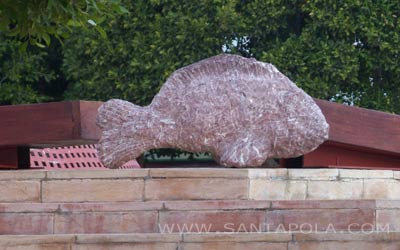 |
The word 'Aquarium', as we understand it today, was used for the first time in 1853 by the English naturalist Philip Henry Goose, for the opening in the London Zoological Garden of the first public aquarium. |
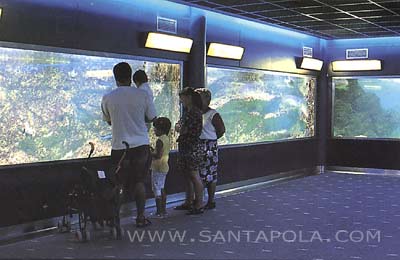 |
Ever since then Aquariology has had considerable success in undertaking many oceanographic expeditions which have lead to the discovery of new species. Nowadays man, surrounded by concrete, trapped in over-populated cities and isolated from the natural enviroment by the requirements of modern life, feels the need to make contact with Nature. Developing a love of aquaria might just give him a little bit of such contact. The Municipal Aquarium of Santa Pola provides an instrument for education and investigation of the first order. It's field of biological application is immense: Animal and Plant Physiology, Systems, Physics, Chemistry, Pisciculture, Aquaculture, Oceanography, etc... |
Water
Treatment: Quarantine
Room and Laboratory: |
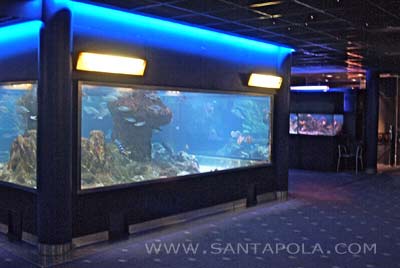 |
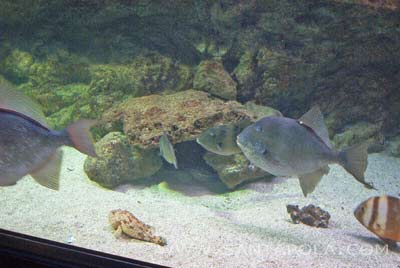 |
Environment: The decoration and environment of the aquaria has been furnished by a company specializing in this type of work. The
glass for the aquaria, made to order in Germany, consists of four sheets
of white glass especially made for aquaria The public area is equipped with projectors and loudspeakers for the production of special effects. The illumination of the aquaria is by means of fluorescent tubes and halogen lights, which are compatible with the environment and which allow for changes in intensity to accomodate it to the biological cycle. |
Dimensions: Total
constructed area: 706.85 sq.m. Frontage of Aquaria: 49 m. with a glassed area of 64 m2. |
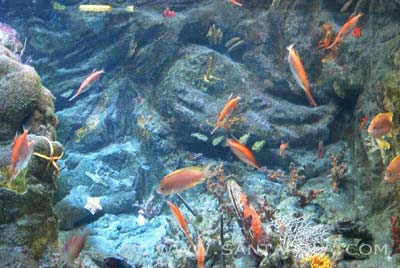 |
| |
Plaza de Fernandez Ordoñez - Tlf. 96 541 69 16 - 03130 - Santa Pola (Alicante ) |
| www.santapola.com |